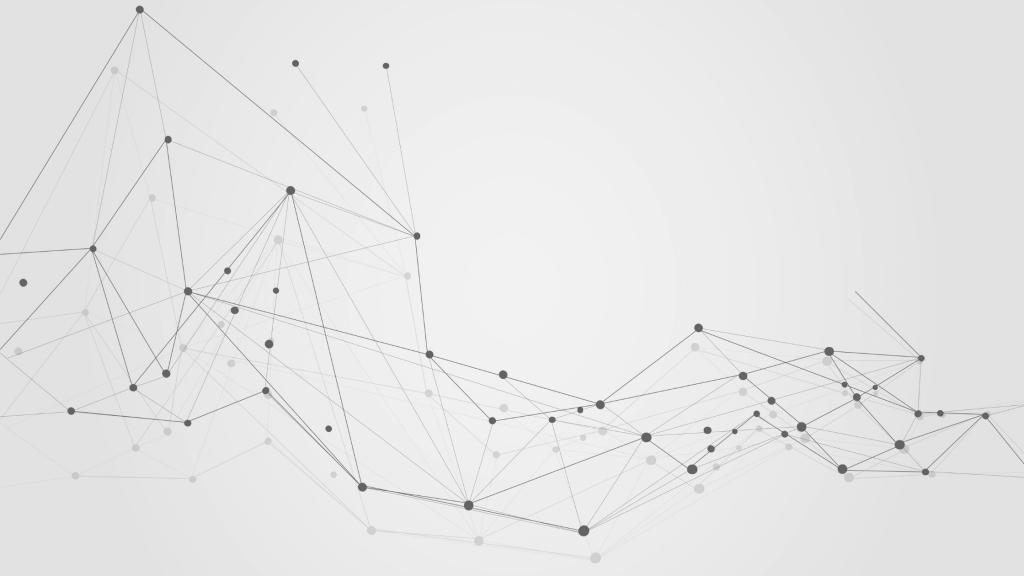As the popularity of Edge technology and smart devices increases, we see that there is no bar when it comes to the quantity of data that companies can use to improve their decision-making process. So says Yash Mehta, an IoT and big data science specialist. Contrary to this opportunity, many organisations still limit the quality, variety, and extent of data that they can make use of as they don’t have the right data architecture in use. That’s correct! Data fabrics that are approaching a market value US$4.2 billion by 2026 surely have an inevitable impact on the performance of the Internet of Things (IoT) in different setups.
If you don’t use a data fabric then a big amount of data remains in its raw form and isn’t very useful. To solve this challenge, companies can use an edge-to-core-to-multi-cloud data fabric which not only allows them to collect abundant data but also facilitates analysis and integration so you can put it to use at scale.
Data fabric at the edge
Since IoT systems are automated & embedded with default IPs & other configurations, they are highly vulnerable to unwanted exposure. There’s a high volume of data streaming in real-time leaving and fabrics can help filter it before discharging to the network. When coupled with an edge system, the fabric ensures correct data only whether at rest or in transit. This further lessens the burden of the engineers at the application development and integration level.
So an edge fabric data management system produces a persistent, orchestrated & governable data stream for local and distributed consumption. Not to miss, such a system delivers on interoperability & in=the-moment processing. While an edge system encounters a growing number of data requirements for multiple environments, a fabric should perform the following functions –
- Access to multiple interfaces with no-fail such as radio networks, MTTP, HTTP, and others.
- Seamless operations on multiple POSIX-compliant environments.
- Working with all important protocols and APIs including REST API.
- Establishing connectivity between databases including JDBC/ODBC.
- Data streaming through multiple standards such as Kafka, Spark, and others.
Data fabric for industrial IoT
Predictive modelling is the foundation of IIoT but can’t perform without persistent data. After capturing & storing data, the actual challenge begins with distilling it to ensure qualitative feed. A data fabric management system fills the gap by passing the data stream through different stages after collecting such as integrating, analysing, orchestrating, archiving, etc. Fabric architecture makes it convenient to prepare the data.

In the pursuit of building a self-governed assembly line that detects and notifies abnormalities, accurate and in-the-moment data is important; exactly what a fabric ensures.
Data from the fabric model can aid in predicting & analysing maintenance trends across the equipment line. This is important to identify faults on the go and implement timely repairs. Moreover, quality assurance teams can perform automated analyses to ensure quality checks are done as per standards. This leads to a great prevention hack!
That being said, the challenges in an IIoT may not restrict at the equipment level and could engulf the entire assembly line. Production units often crave more data insights to elevate problem identification in the entire setup. Data fabric’s qualitative feed further helps in intelligent predictive analytics to combat any issues in the production. Not to miss, the prescription analysis is an add-on to optimise the overall operations on the factory floor.
While we are at it, data fabric has an undeniable impact on key decision-making. So based on the positioning of the brand in the markets, organisations can consume insights from the fabric to understand the performance of all other modules that are directly or indirectly tied to production. For example, sales 7 marketing, inventory management, logistics handling, and others.
Not to forget: Finding the right data fabric
Fabric products today know they have to work in compliance with IoT. Exactly why, you get to read a lot about how different data fabric products can accommodate a large volume of data influx. Apart from IBM, and Denodo, there are others featured in the list of top fabric solutions for 2022. However, K2View’s micro-DB approach is an interesting addition. The fabric stores business partner data in millions of micro-sized databases wherein each containing the data for a particular entity only.
Now, their data fabric uses AI to self-learn the raw data fed & distilled over time. As the amount of data consumed & produced by the IoT devices increases, so does the scope of the fabric to handle large volumes. Ultimately, the competency of a data fabric to support unknown data volume makes it a smarter fit for the industry.
Understanding different use cases
Firstly, we will notice the shift of data to the edge along with an intrinsic need to implement data fabric in profit-driven and risk-reduction use cases. We can see this happening over the next 2 years when data sharing rules are in the implementation process. The primary testing should begin in the retail sector because these companies aim to collect user data for building a better user experience. It will also allow them to up-sell and cross-sell via product placement.
Another avenue in which we see change as Edge moves to Cloud in the opposite direction is the healthcare industry as more and more patients want increased access to their medical records and data. Given the regulatory compliances, you not only keep the right to access your data and diagnostic imaging but will also be able to block or share this data with the insurer or delivery provider of your choice.

Conclusion
Given the product and the need of the customers to keep their data secure, apps will have to start locating this data on the edge device so that it can be used locally. All the datasets which relate to either products or services will have to be sent from the Cloud to the Edge device. This will essentially reverse the relationship and order that we see today. How do you see the Fabric-IoT association blossoming? Do share.
The author is Yash Mehta, an IoT and big data science specialist.
Comment on this article below or via Twitter: @IoTNow_OR @jcIoTnow.






